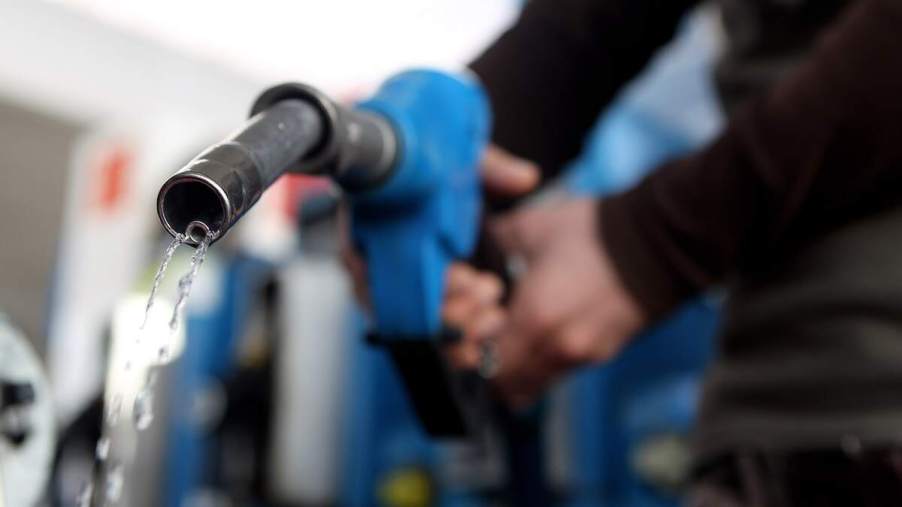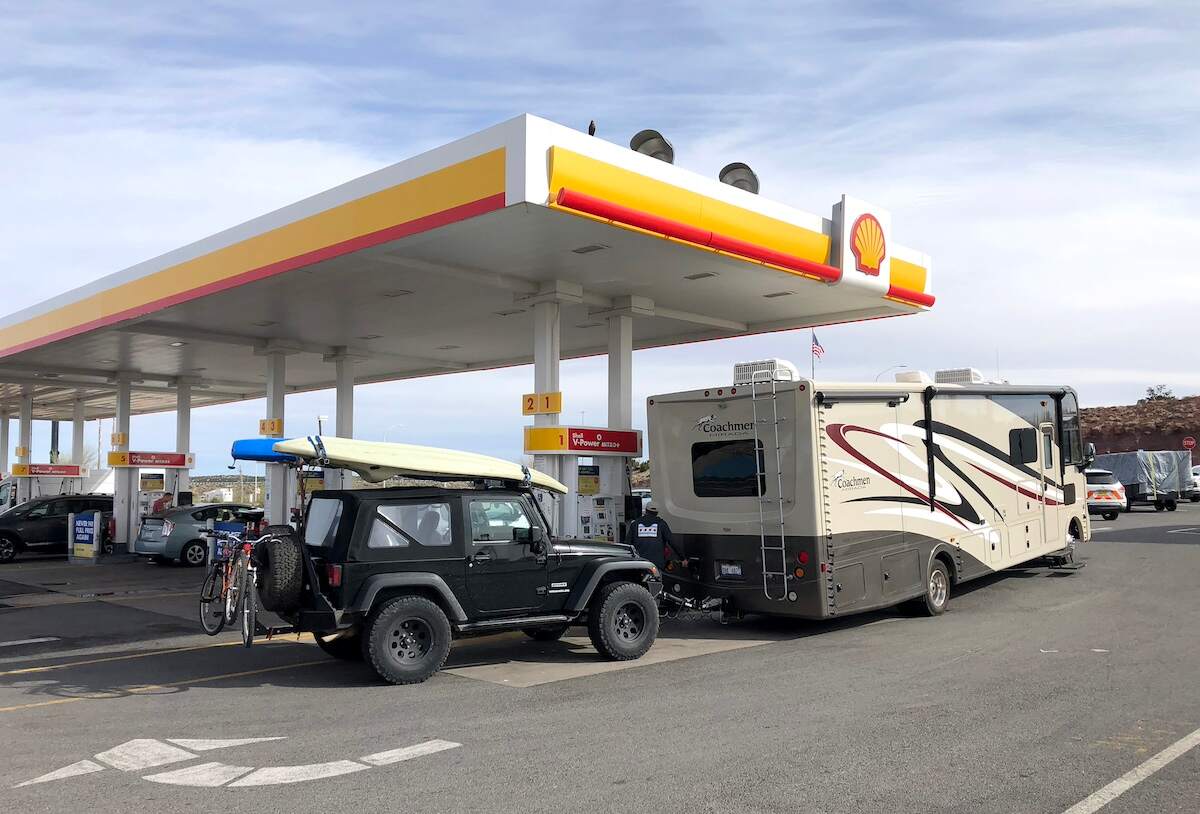
Why Is Arizona Trying to Change How It Blends Its Gas?
It’s fair to say fuel choice is one of the most active topics in automotive engineering. Internal combustion remains the world’s most popular way to drive, but more EVs and hybrids cruise the roads every day, and niche options like hydrogen and biofuel have found small but thriving markets.
Amid so much change, a sensible observer might find serenity in considering gasoline propulsion. That biomineral goo has powered most of the globe’s ground transportation for more than a century. It’s not green, clean, or sustainable long-term, but at least gas is a known quantity. After fiddling with the formula for over a hundred years, the motorized world has figured out gasoline.
So, why is Arizona trying to change how it blends its gas?
Parts of Arizona use ‘cleaner burning gas’

In and around Phoenix, in particular, Arizona drivers use cleaner burning gas (CBG). Over the past few decades, several U.S. states have mandated new formulations of gasoline that theoretically produce less air pollution. There’s no consensus on what exactly CBG is — every state has its own recipe. According to Phoenix New Times, the Phoenix area has had its own CBG requirements for Arizona gas since 1997.
With Arizona gas prices uncomfortably high — per AAA, the state has the seventh-most expensive gas in the nation, more than 50 cents more per gallon than the U.S. average — lawmakers have proposed changing the Arizona gas formula in hopes of lowering the price.
Would changing the Arizona gas formula do any good?
Unfortunately for the Arizona legislature, a substantial question exists about whether changing the Arizona gas formula would do any good. Recently, the catchily named Joint Legislative Ad Hoc Study Committee on Air Quality and Energy heard from experts on the subject. The committee appears to have come away even more confused than it started.
Gordon Schrempf, a fuel specialist with the Western States Petroleum Association, testified that changing formulations would have little impact on gas prices. According to Schrempf, the three pipelines feeding Arizona are simply at capacity, Phoenix New Times reports. As long as the fuel supply stays constrained, prices are doomed to increase.
Further, any regulatory change to gas formulation likely won’t yield any short-term results, according to Michelle Wilson, a weights and measures administrator at the Arizona Department of Agriculture. Arizona’s 1997 regulations weren’t a whim; they were part of the state’s compliance with the Clean Air Act. A change as significant as altering the gas burned in Arizona’s largest city would require EPA approval. That could take years.
Never a simple solution
Arizona’s proposed gas formula change is one of many attempts at a simple solution to the complex problem of inexpensively and reliably fueling large numbers of vehicles. Its questionable prospects are, unfortunately, no surprise.
In an earlier New Times report about Phoenix gas prices, economists confessed to simply not knowing what was driving prices up. Moreover, obvious solutions like the rise in hybrid and EV ownership — which by definition takes the pressure off the gas supply — haven’t produced the hoped-for price decrease.
Those changes have made Phoenix an unintentional testbed for numerous significant technical, economic, and social changes. The city’s gas supply is strained to its utmost. EVs and hybrids have been adopted but haven’t shifted the paradigm away from gasoline propulsion. Legislative and regulatory solutions aren’t practical.
In short, Phoenix is a microcosm of what the American fuel market will likely become in the next decade or two. What solutions arise — if any — could provide a roadmap to a sustainable future.



